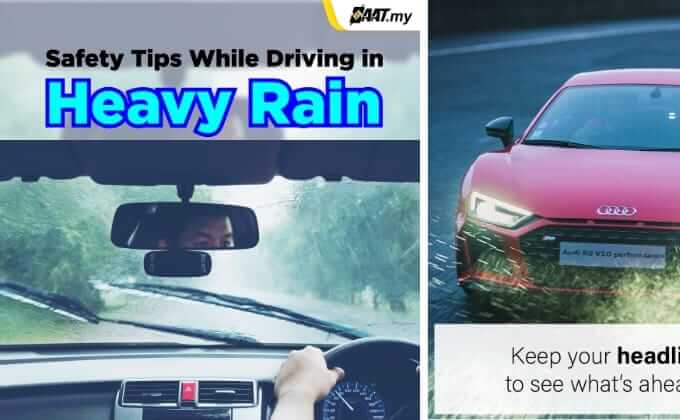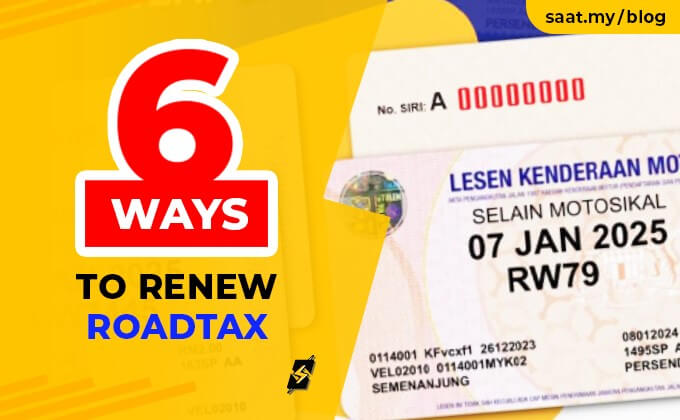
Study Your Route
If you commute on a daily basis, it is beneficial to plan your route and monitor traffic patterns. Particular lanes move quicker at which points, where the snarls occur, and what the possible threats are just a few instances.
Positioning Your Car If You Need To Take A Turn
Please position your vehicle properly if you need to take a turn. Control your speed to avoid collisions with another car at your side or in your front. When changing lanes or merging, don’t forget to use your turn signal. Make use of your mirrors to keep an eye on the area surrounding your vehicle.
Don’t Use A Mobile Phone When Driving
Stay focused. To reduce the risk of an accident, avoid texting, talking on the phone, or watching videos while driving. Not just in congested locations, but all of the time.
Don’t Overspeed
On a congested route, speeding is quite risky. The majority of accidents occur for the same reason. Do not ride too rapidly because you never know what obstacles or new automobiles you will encounter on the road.
Keep A Safe Distance
Tailgating the automobile in front of you is not a good idea. A rear-end collision can occur over a short distance. Or, in the worst-case scenario, a chain collision. As a result, maintain a safe distance. Make sure you have at least three seconds between you and the vehicle in front of you. You will be able to prevent frequent braking and rear-end incidents as a result of this.
Check Traffic Apps
Make preparations ahead of time. To avoid congested locations, check traffic applications on your phone or listen to radio news before you start your journey. If you’re afraid about getting stuck in traffic on your way to work, use a GPS app like Waze or Google Maps to plan an alternate route before you leave.
And that’s how you can drive safely & smartly during traffic jam



